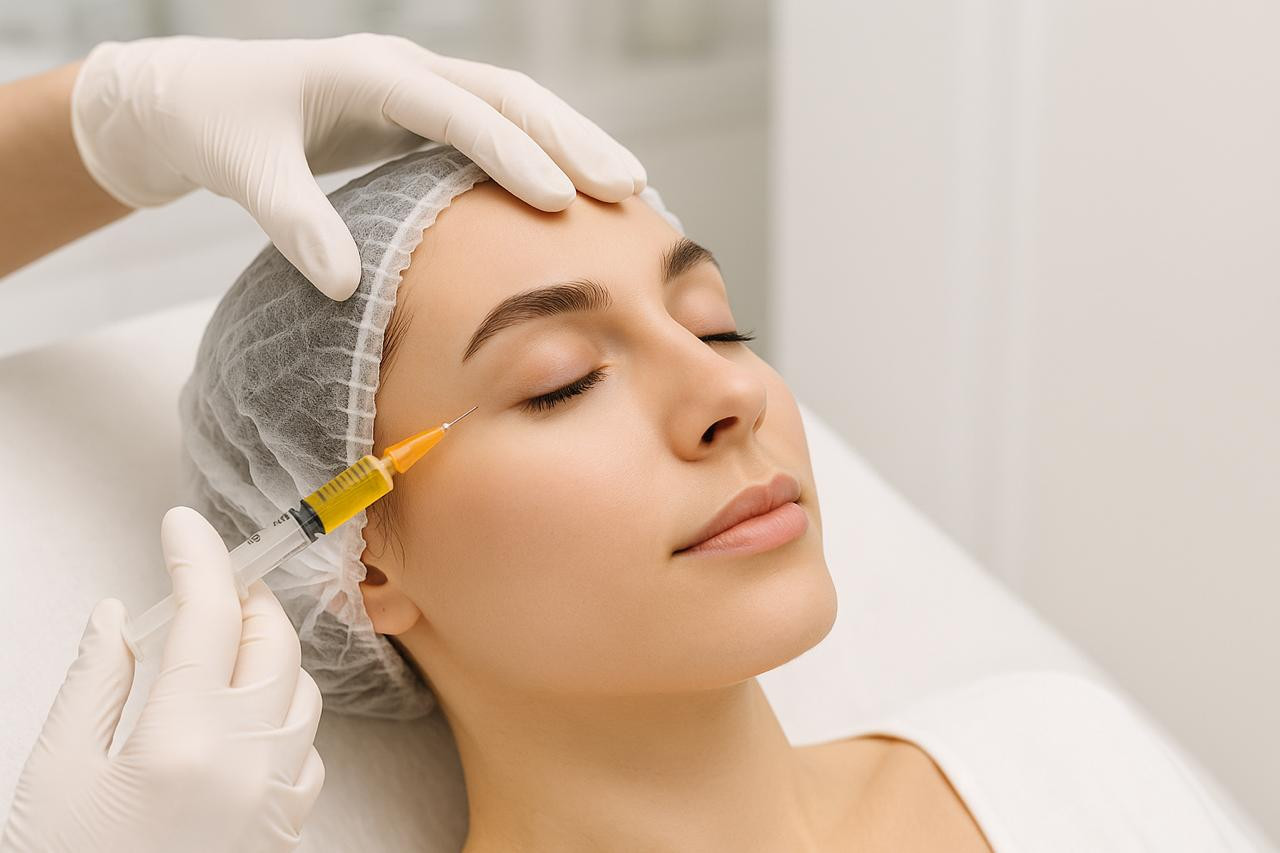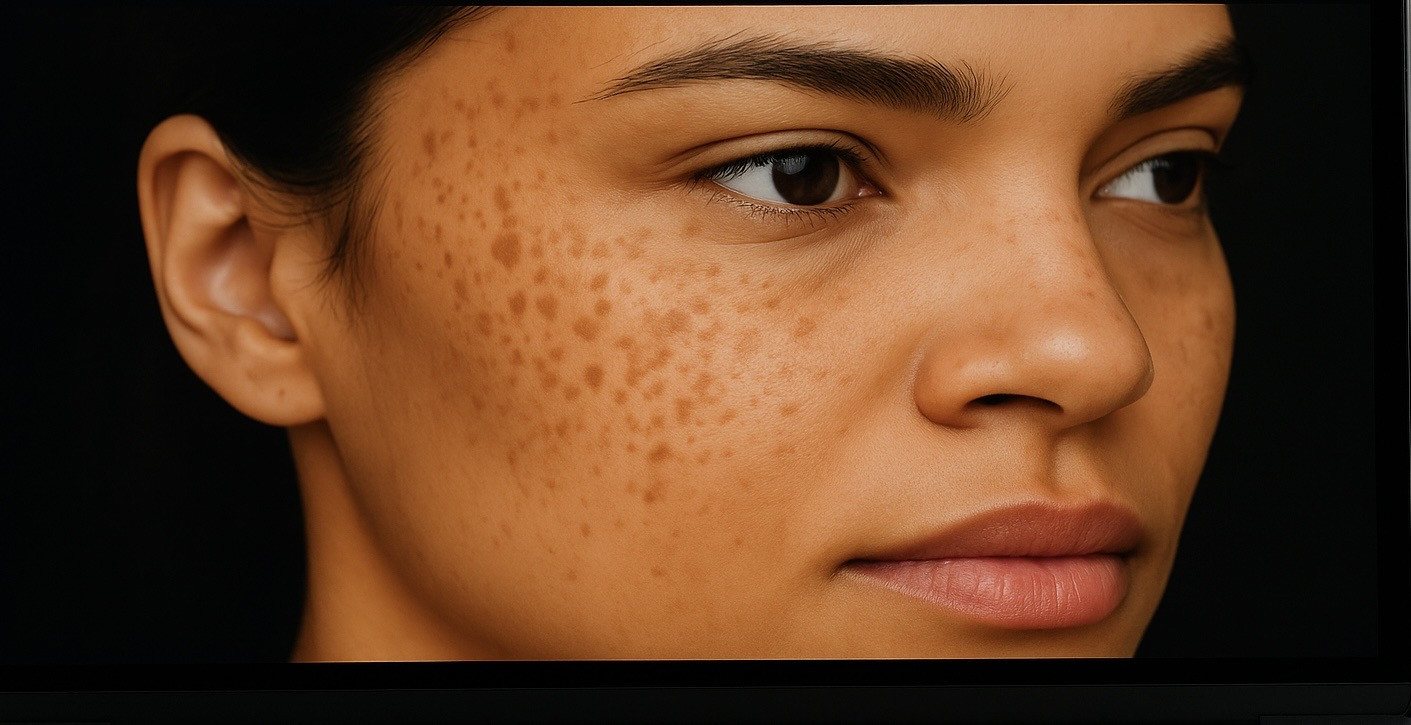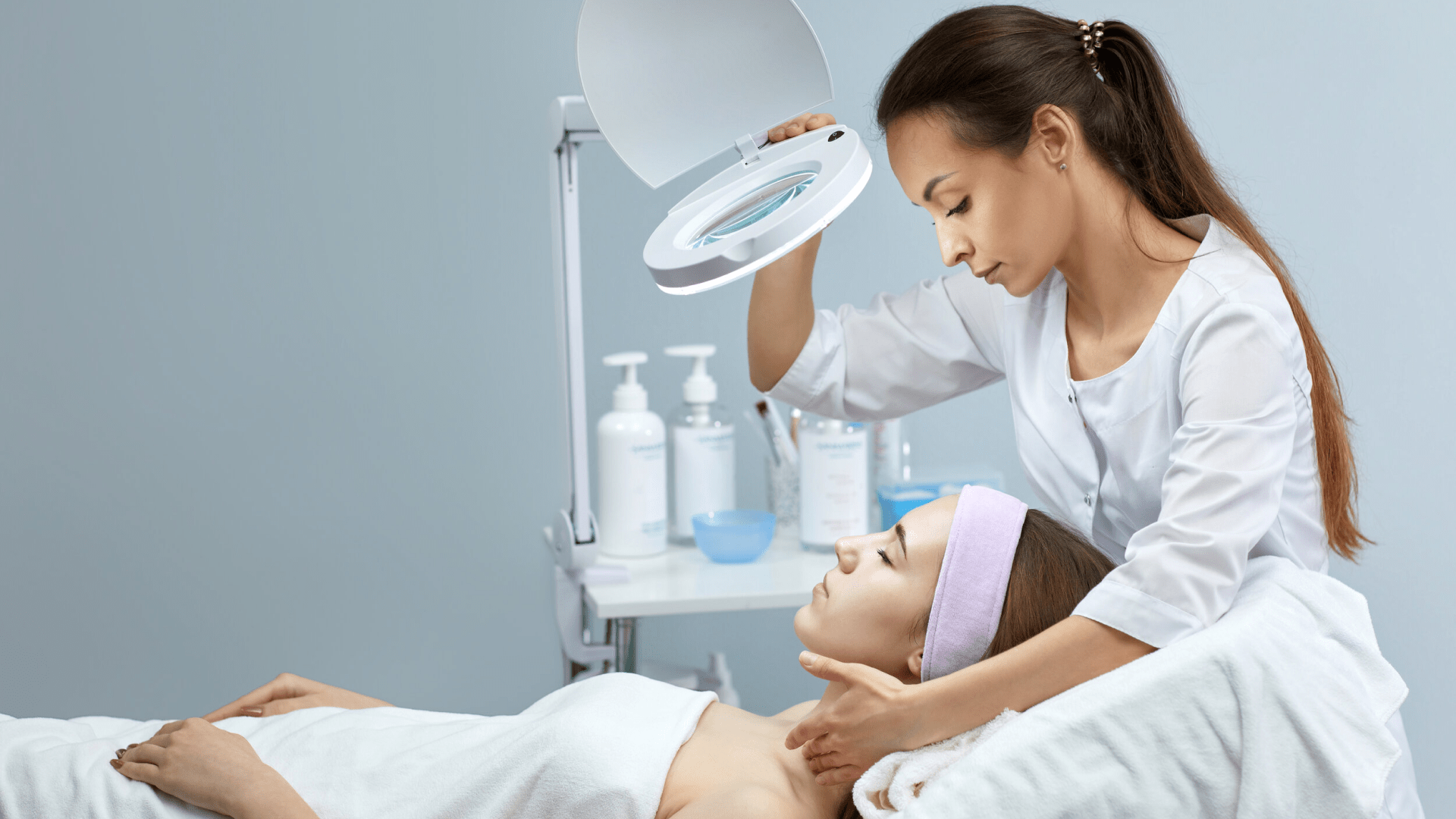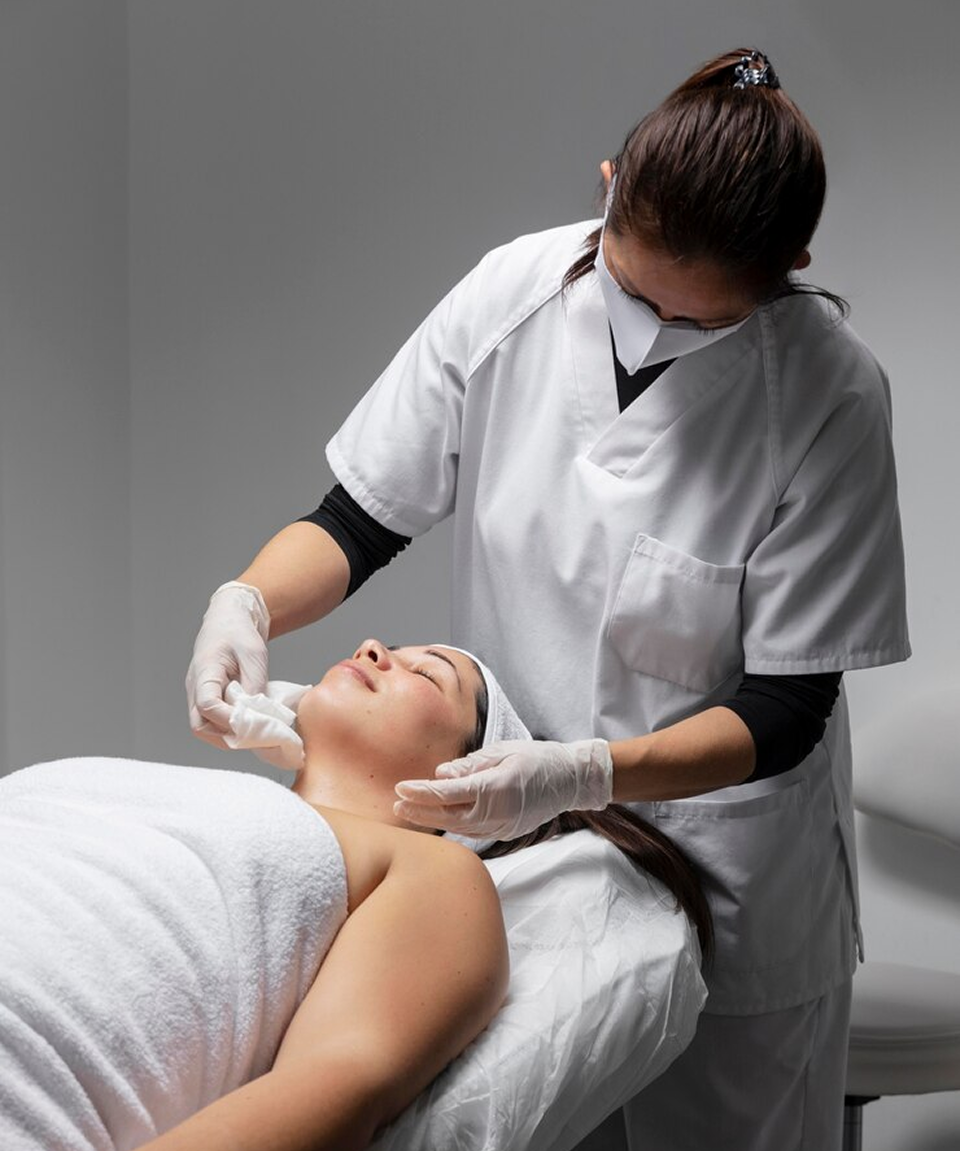Everything You Need to Know About PRP Treatment | Cutiscity Q&A Guide
At Cutiscity, we believe in providing clear, expert-backed information to help you make the best decisions for your skin and hair health. One of the most talked-about treatments is PRP (Platelet-Rich Plasma).
Here’s a comprehensive Q&A guide to PRP therapy curated by our verified dermatologists.
✅ What is PRP Treatment?
PRP stands for Platelet-Rich Plasma, a treatment that uses a concentration of your own platelets extracted from your blood. These platelets are rich in growth factors that naturally stimulate tissue regeneration, collagen production, and healing when injected into the skin or scalp.
✅ How is PRP Prepared?
a- A small amount of your blood is drawn
b- The blood is spun in a centrifuge to separate the platelet-rich plasma.
c- The PRP is then injected or microneedled into the targeted area (such as the face or scalp).
✅ What Skin and Hair Concerns Can PRP Treat?
1- Facial Rejuvenation (Vampire Facial): Improves skin texture, reduces fine lines, and enhances glow.
2- Hair Loss (Androgenetic Alopecia): Stimulates hair follicles for improved hair growth and thickness.
3- Acne Scars and Stretch Marks: Helps diminish scars and marks by boosting collagen production.
✅ Is PRP Safe?
Yes. Since PRP is derived from your own blood, the risk of allergic reactions or serious side effects is extremely low. However, it’s essential that PRP is administered by a qualified dermatologist, which you can easily find through the Cutiscity Dermatologist Directory.
✅ What Happens During a PRP Session?
a- Duration: 45-60 minutes.
b- Downtime: Minimal — mild redness, swelling, or bruising may occur for 1-2 days.
c- Frequency: Usually 3-4 sessions spaced 3-4 weeks apart, with maintenance sessions every 3-4 months.
✅ When Will I See Results from PRP?
Results are gradual. Most patients start seeing noticeable improvement in skin texture or hair density after 2-3 session, with optimal results typically visible after 3-6 months.
✅ Can PRP Be Combined with Other Treatments?
Absolutely. PRP is often combined with:
a- Microneedling for enhanced skin rejuvenation.
b- RF microneedling or Laser treatments to address pigmentation and texture.
c- Fillers and Botox for comprehensive anti-aging effects.
Your dermatologist can create a customized treatment plan based on your specific needs.
✅ Who Should Avoid PRP?
PRP may not be suitable for individuals with:
a- Blood disorders
b- Active skin infections
c- Certain autoimmune conditions
d- Ongoing use of anticoagulants
Always consult a qualified dermatologist on Cutiscity to determine your eligibility.
✅ Why Choose PRP with a Dermatologist from Cutiscity?
Because expertise matters. At Cutiscity, you can:
a- Find licensed dermatologists near you.
b- Book safe and effective PRP treatments.
c- Access honest, tailored advice for your skin and hair concerns.
✅ Ready to Start Your PRP Journey?
Discover the best dermatologists for PRP near you with Cutiscity’s verified directory. Start your journey towards healthier skin and hair — naturally.
👉 Download Cutiscity app. today or visit www.cutiscity.com to find your dermatologist today.




